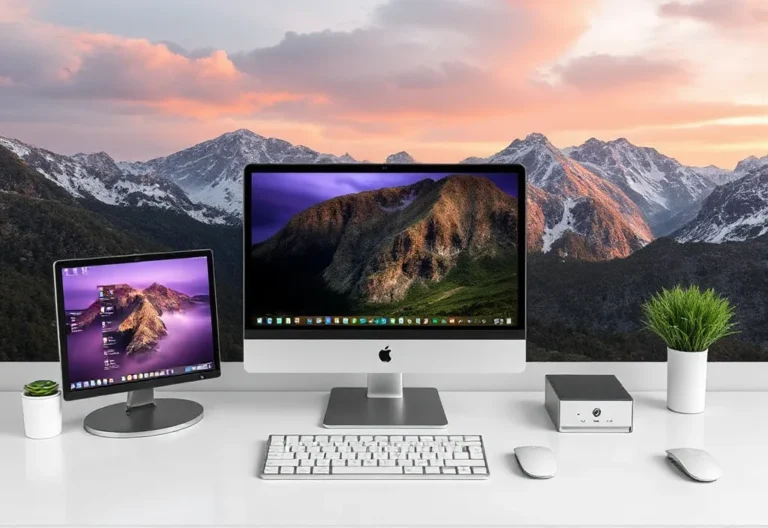
Chinese Smartphone Makers Reportedly Planning to Break Free from Google
Chinese smartphone brands like Xiaomi, Oppo, Vivo, and OnePlus are reportedly in discussions to develop their own Android-based operating system — one that doesn’t depend on Google Mobile Services (GMS). This move comes as concerns grow over reliance on U.S.-based tech infrastructure and potential geopolitical disruptions.
According to recent reports, these manufacturers are exploring ways to reduce their software dependence on Google while still using the open-source version of Android as a base. Xiaomi is said to be taking the first step with its upcoming HyperOS 3 , potentially setting a precedent for others to follow.
While Xiaomi and its peers have already made a strong impact in global markets — especially in developing countries — much of their success has been built on the foundation of Android and Google’s ecosystem. Xiaomi, in particular, has risen to become the second-largest Android smartphone maker after Samsung, despite being a relatively new global brand.
This initiative traces its roots back to Huawei’s experience when it was cut off from Google services in 2019 under the Trump administration. Facing restrictions due to alleged national security concerns, Huawei had to pivot quickly — leading to the creation of HarmonyOS , an Android-based alternative.
Today, HarmonyOS runs on all of Huawei’s devices and has surpassed 1 billion active users , with more than 20,000 apps now available on its app store. It’s a clear sign that a homegrown OS can gain traction — even without access to Google Play or Gmail.
With rising U.S.-China tensions once again heating up — including renewed trade restrictions — other Chinese companies may face similar risks. A Google-free Android alternative could serve as both a strategic and defensive move.
Still, breaking away from Google’s ecosystem is not without risk. In many markets, consumers expect smartphones to come with familiar apps like YouTube, Maps, and Chrome. Without them, even high-quality hardware might struggle to compete.
One possible path forward? Adopting HarmonyOS as a shared platform. Since it’s already proven itself at scale, other Chinese OEMs could leverage Huawei’s work to create a unified, secure, and functional alternative to stock Android.
What Comes Next?
It remains to be seen whether this coalition will fully commit to a Google-free future — and how global users will respond. But one thing is clear: diversifying beyond U.S.-based ecosystems is becoming a priority for Chinese tech firms.
Can they replicate Huawei’s success and build a sustainable alternative to Android? Or will consumer expectations pull them back into Google’s orbit?
The next few years will likely offer the answer.





